A common trap for knife novices is to think that a knife handle is simply an aesthetic choice. However, the type and material of a knife handle is extremely important to the overall performance and characteristics of a knife. Here we will focus on the most common knife handle materials, the pros and cons of metal, synthetic, or natural materials, to help you find the handle material that is best for you.
1.Stainless Steel
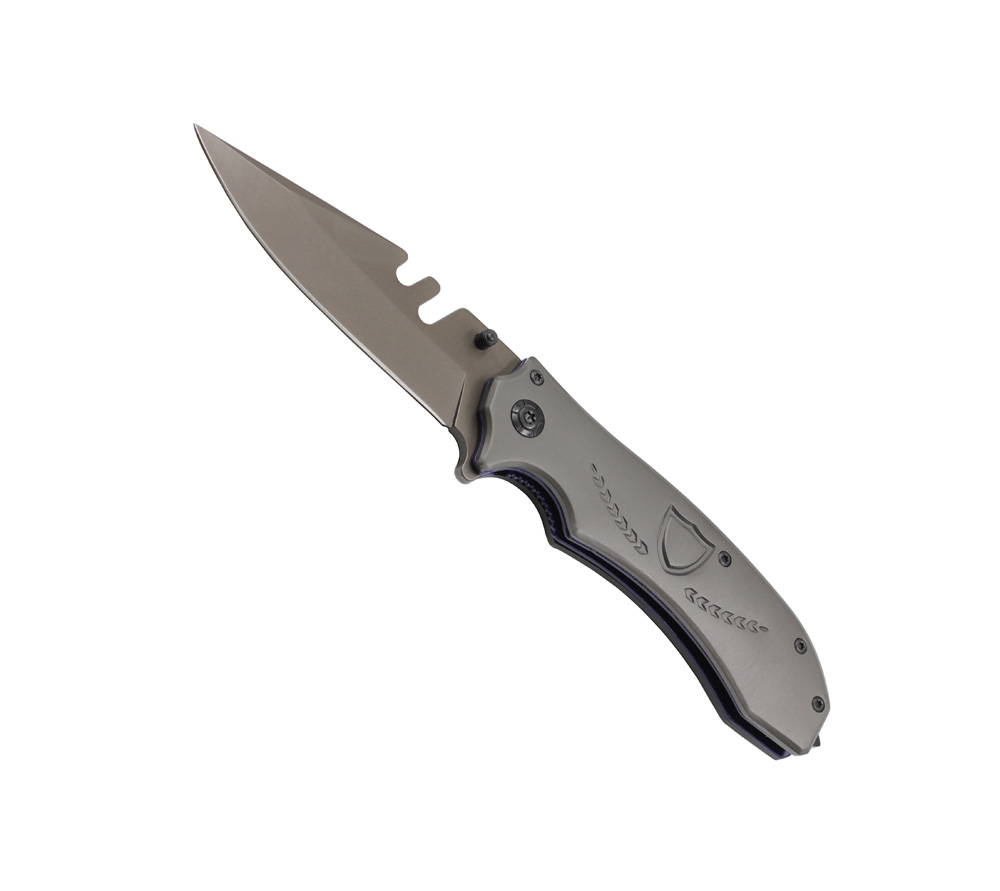
Stainless steel offers excellent durability and corrosion resistance, but it’s not particularly lightweight. Additionally, stainless steel handles are not very slip-resistant, so manufacturers must add etching or ridges to increase friction. Often, you’ll see stainless steel combined with plastic or rubber to improve grip, but stainless steel handles are generally avoided in EDC or heavy-duty knives due to the added weight.
2.Aluminum
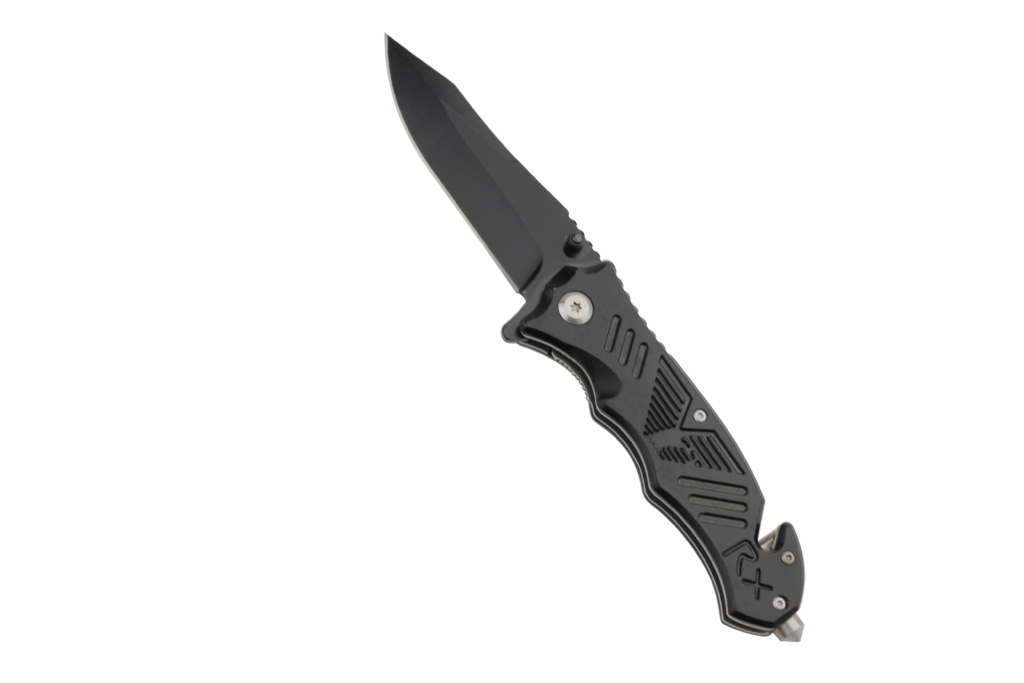
Aluminum, usually anodized, is a very durable material for knife handles. It is a low-density metal, and aluminum handles give a solid feel without the extra weight. The most common aluminum profile used today is T6-6061 alloy, which has a very high tensile strength.
Aluminum handles provide a reasonable grip, feel comfortable, and are easy to use for a long time. The downside is that if used in cold winter conditions, they may feel uncomfortable because of the poor conductivity.
Aluminum is generally considered not as good as the more expensive titanium and is generally used for higher-quality knives.
3.Titainium
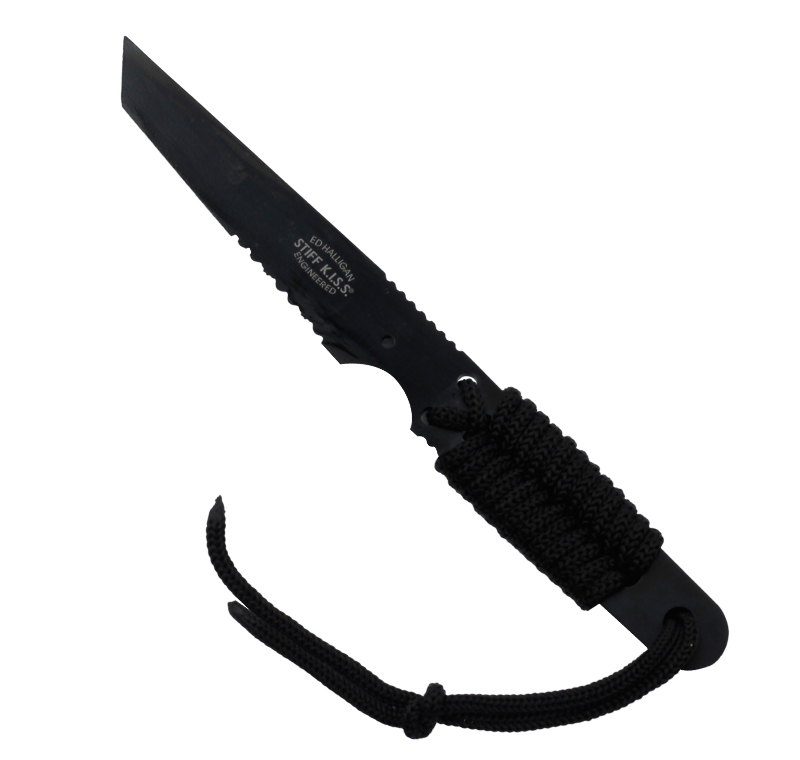
Titanium is a lightweight metal alloy that offers the best corrosion (rust) resistance of any metal. It is heavier than aluminum, but is still considered a lightweight metal, but is more expensive.
Titanium is a rare metal, but titanium does not suffer in the winter like aluminum does. It is very strong, yet “springy,” which is why it is often used as a liner material for locking liner knives. It is important to note that both titanium and aluminum are prone to scratching compared to stainless steel.
Titanium can be given a unique and attractive color through an anodizing process, which is especially common on custom knives. Additionally, it can be textured through shot peening.
4.Carbon Fiber
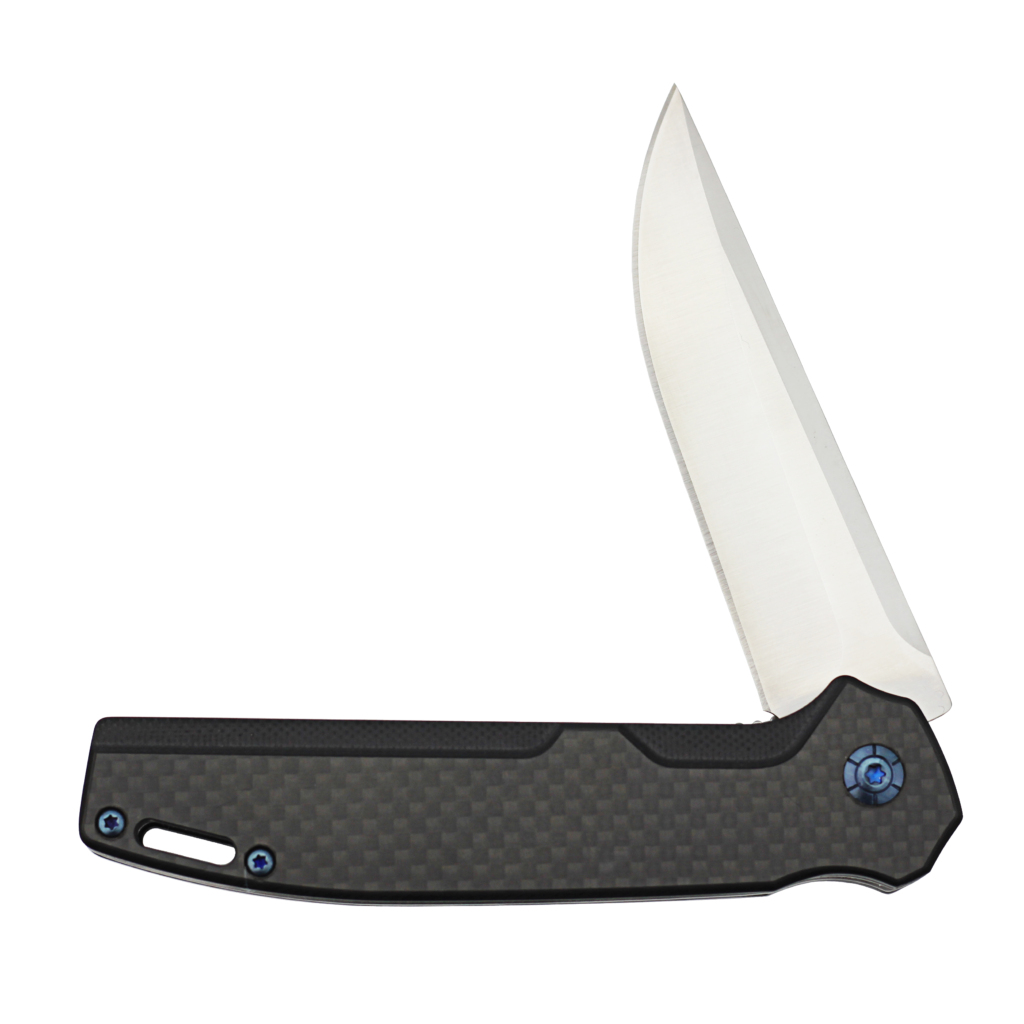
Carbon fiber is a somewhat generic term that refers to tightly woven carbon fibers that are then set in a resin. Carbon fiber reinforced polymer is what you get when you buy a knife sold with a “carbon fiber handle.” The result? An extremely strong yet lightweight material that is also quite expensive. While strong, it is far from indestructible and is fragile. Think of carbon fiber as a bunch of straws glued together – it’s super strong in one direction (far stronger than steel), but starts to break down when stressed in other directions. Being fragile, it will break if subjected to a severe impact.
The main visual appeal of this material is the ability of the carbon strands to reflect light, making the weave pattern highly visible. Carbon fiber is also a labor-intensive material, and knives with handles made of this material tend to be expensive. The production of carbon fiber handles, while a labor-intensive process, tends to be found only on high-end knives.
5.Micarta
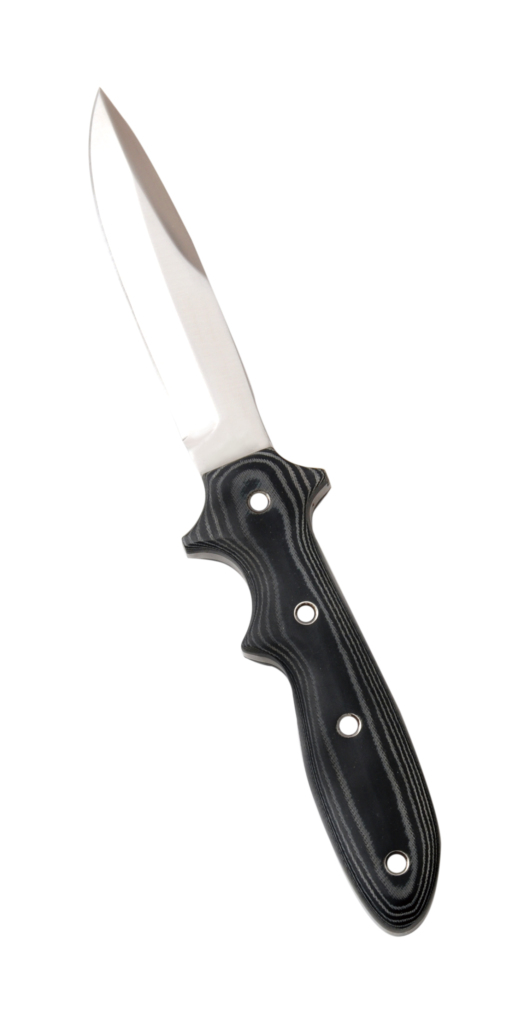
It refers to different substances made from the organic compound phenol (a type of resin). The most common form is Linen Micarta, which is somewhat similar to G-10, but cleaner than G-10. It was originally introduced as an electrical insulator, and is considered one of the best materials for making knife handles.
Micarta itself has absolutely no surface texture, is very smooth to the touch, and requires quite a bit of handcrafting before some kind of texture is carved into the knife. This makes it expensive, which translates into higher-priced knives. Micarta is a relatively soft material and can be scratched if not handled correctly.
6.G-10
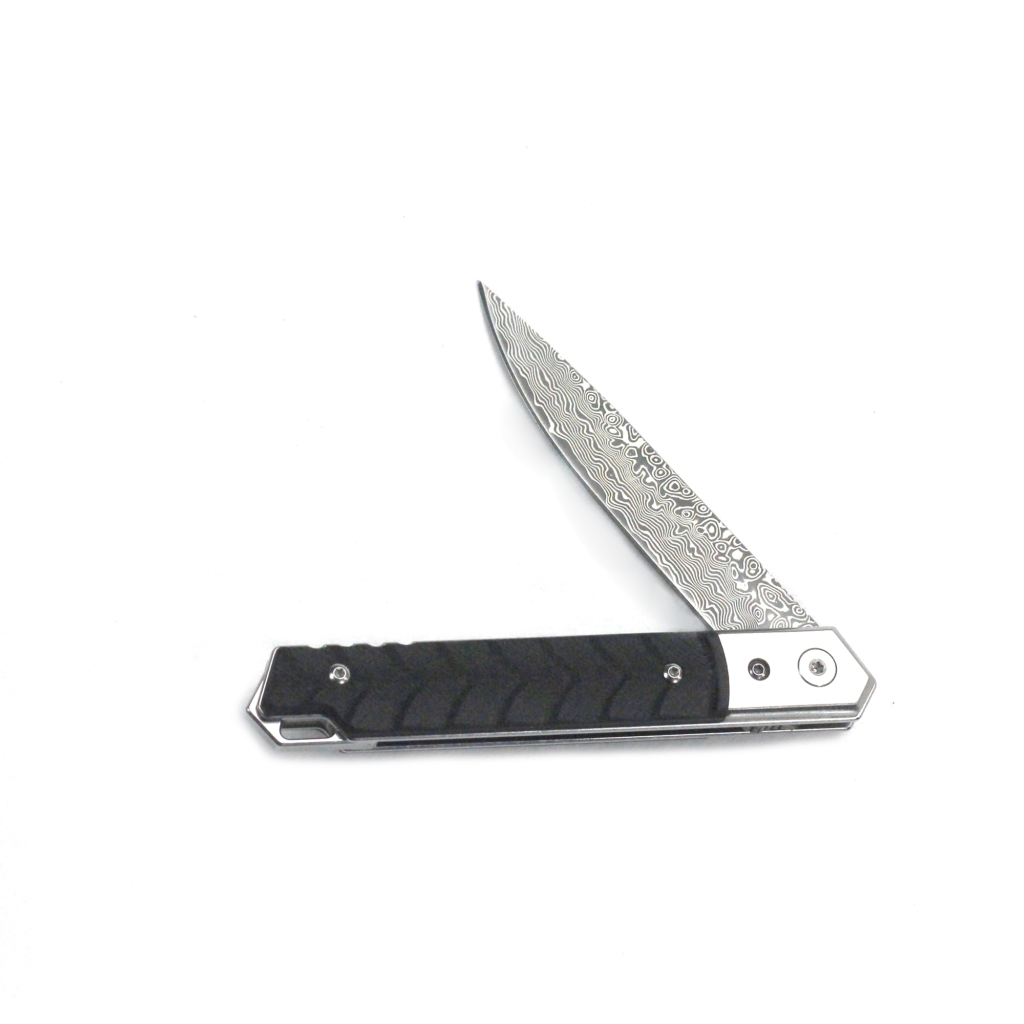
Epoxy-laminated E-glass cloth, an epoxy-filled glass composite with the fibers woven in an ‘E’ shape, has very similar properties to carbon fiber (maybe slightly worse), but can be found at almost a fraction of the cost. Manufacturers take layers of fiberglass cloth and soak them in resin, then compress and bake them under pressure. This material is extremely tough, hard, very light, and strong. In fact, G-10 is considered the hardest of all fiberglass resin laminates, and is stronger (and more fragile) than Micarta.
With exceptionally high strength and resistance to wear and tear, and very low weight, it is commonly used in high-end folders and fixed handle knives. G-10 comes in a variety of colors. The knives can have a beautiful appearance. Although cheaper to produce than carbon fiber, it still has to be cut and machined into shape, which is not as economical as FRN handles.
In practice, I find Micarta, G-10, and carbon fiber to be very similar in terms of handle materials. Many can argue about individual characteristics, but at the end of the day, they are all super strong and lightweight.
7.FRN/Zytel
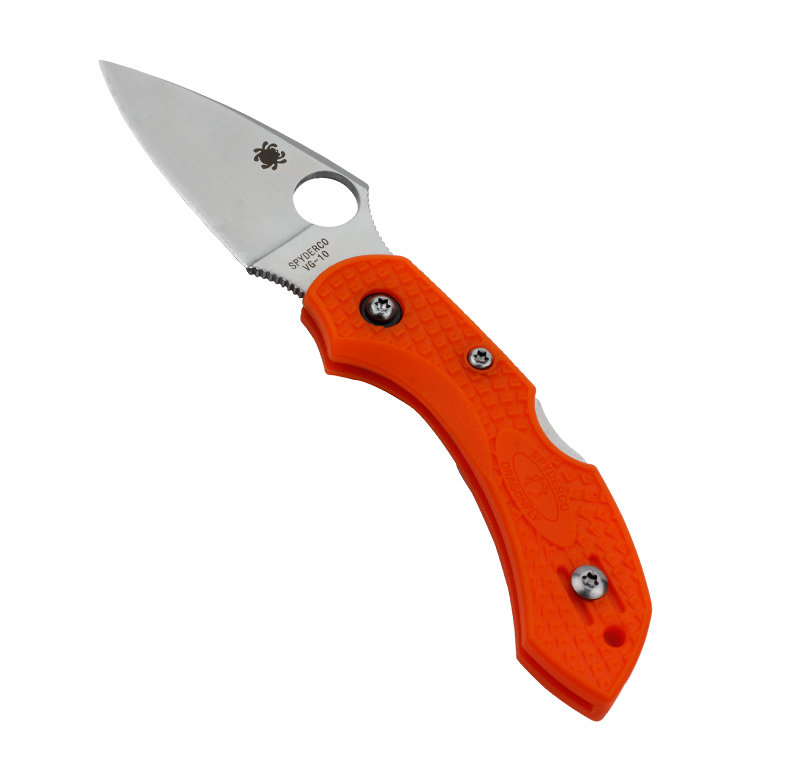
Zytel is a glass fiber reinforced nylon (FRN), a thermoplastic material introduced by the American chemical company DuPont. Zytel is super strong, resistant to bending, abrasion, and very tough. What’s more, it’s cheap!
ZYTEL has a slight surface texture, but knife companies that use this material will add additional fine surface texture to increase the quality of the knife.
8.Bone
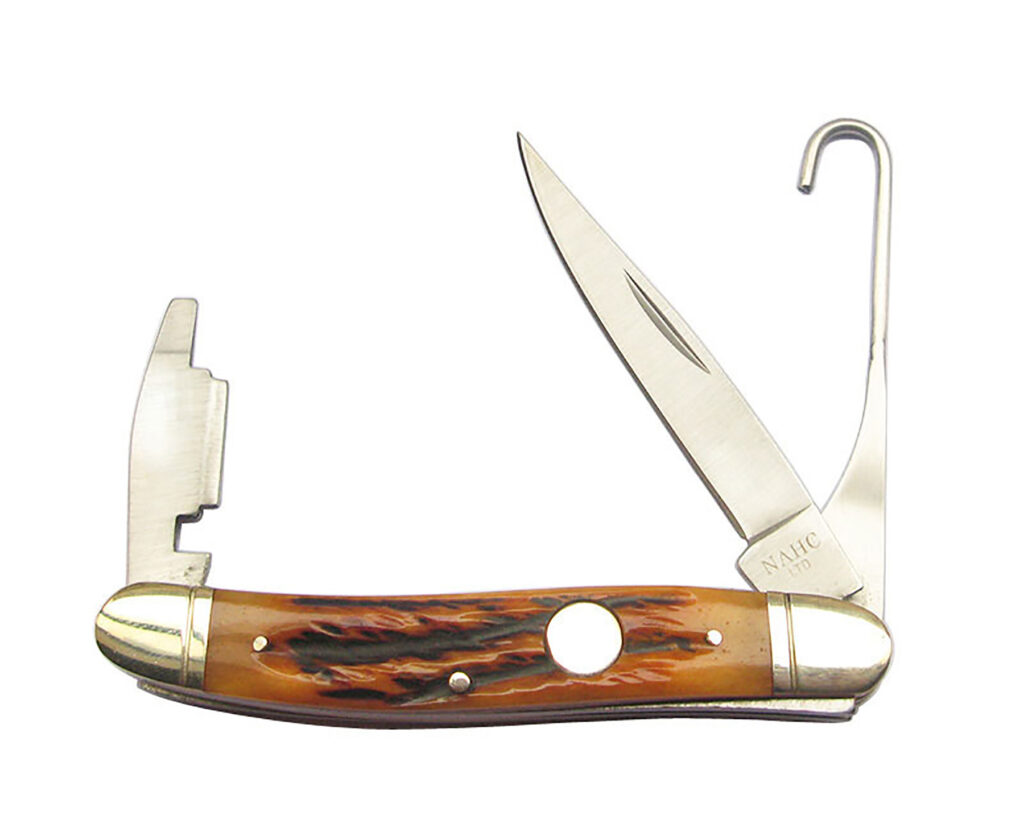
Bone handles have been used since the beginning of humankind and remain popular in knife collecting circles; in fact, it is the most common material for classic pocket knives today. Bone comes from animals that have died naturally, and from a variety of animals including elephants and giraffes. However, the most common and cost-effective bone used today is the abundant cow bone. Other materials used in addition to bone are antler (deer, elk, etc.), horn (sheep, cow, buffalo, etc.), and ivory (i.e. elephant, walrus).
Of course, many people prefer bone handles simply because of tradition. Bone can be dyed for bright colors and can be textured for easier grip.
Unfortunately, bone is a bit slippery for heavy-duty use, it is porous, affecting its stability, and it is prone to warping and cracking. Temperature, light, and humidity can all affect the properties of bone handles, making them unsuitable for many people.
9.Wood
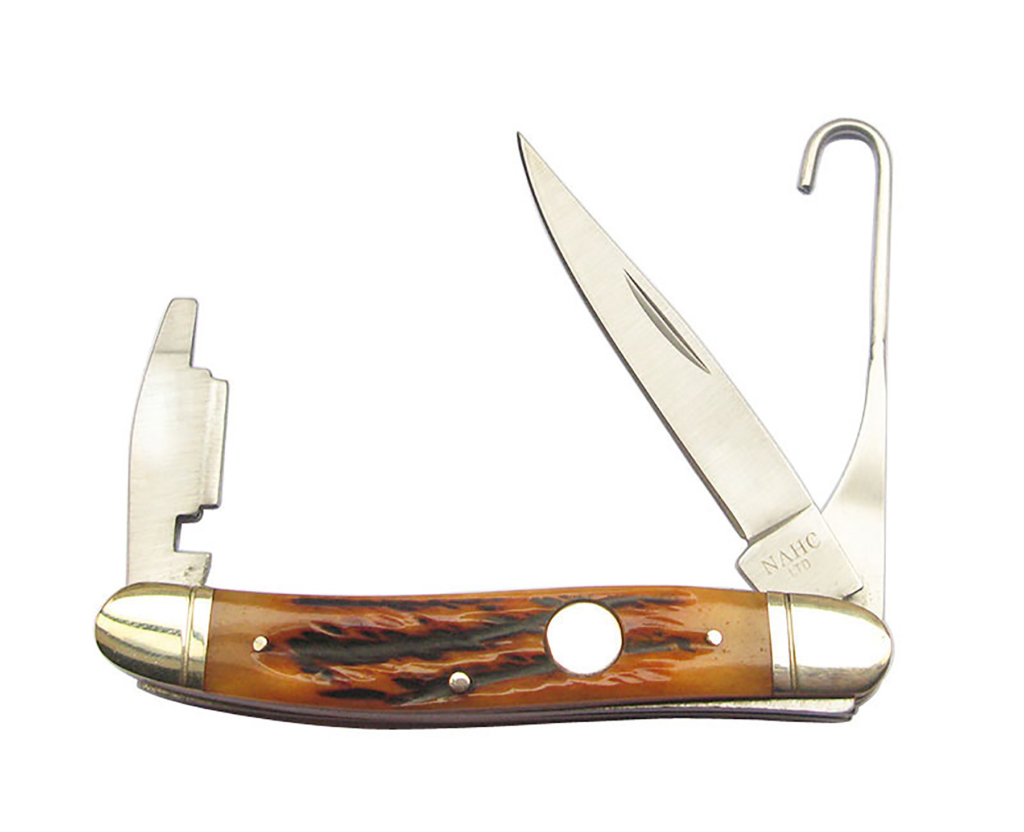
Like bone, wood has been used for knife handles since knives began to exist. A good quality wood handle can be very durable and attractive, making wood a relatively inexpensive material for heavy-duty knives. Wood also adds a lot of beauty to a knife, making wood-handled knives popular among collectors.
There are a variety of different types of wood used for knife handles, so there is a lot of choice. If you will be using it frequently in a wet environment, you don’t want your knife handle to be a soft wood like black walnut; it is better to use a hardwood or stabilized wood.
Examples of stabilized wood include Dymondwood, Staminawood, and Pakkawood, which are usually made of birch plywood. Manufacturers inject polymer resins and then press them under high pressure to create a very dense and durable material that still shows natural beauty.
Of course, wooden handles come in a variety of prices depending on the type and scarcity of the wood used.
10.Mother of Pearl
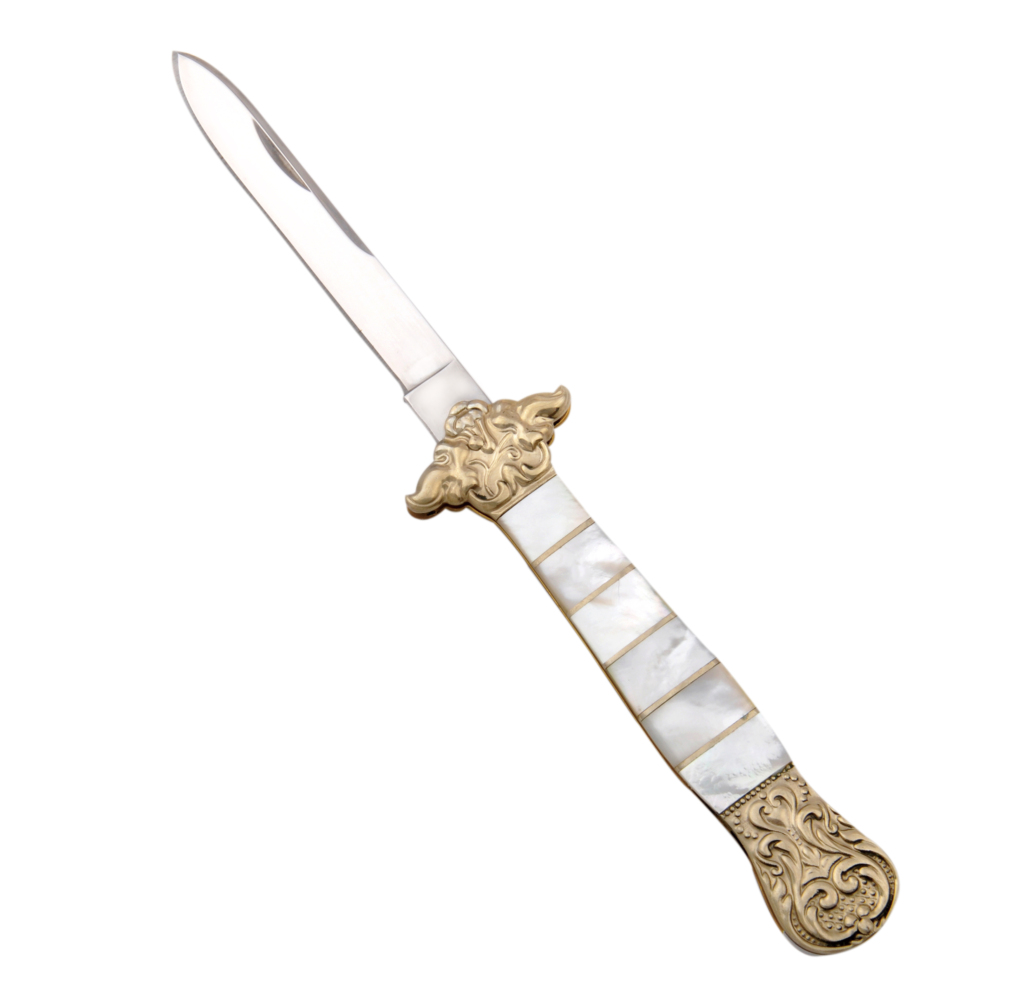
Found in mollusks such as oysters, mother of pearl is what eventually turns into pearls (hence the name). It is certainly an expensive material, but it is very stylish and strong, making it suitable for dressy and high-end knife production. Mother of pearl material is relatively easy to work with in a workshop and can be ground into a variety of shapes. On the exotic side, there is black mother of pearl from Tahiti, but it is very rare. On the slightly cheaper end, consider abalone taken from the shell of a mollusk, also beautiful, but lacking in durability.
11.Leather
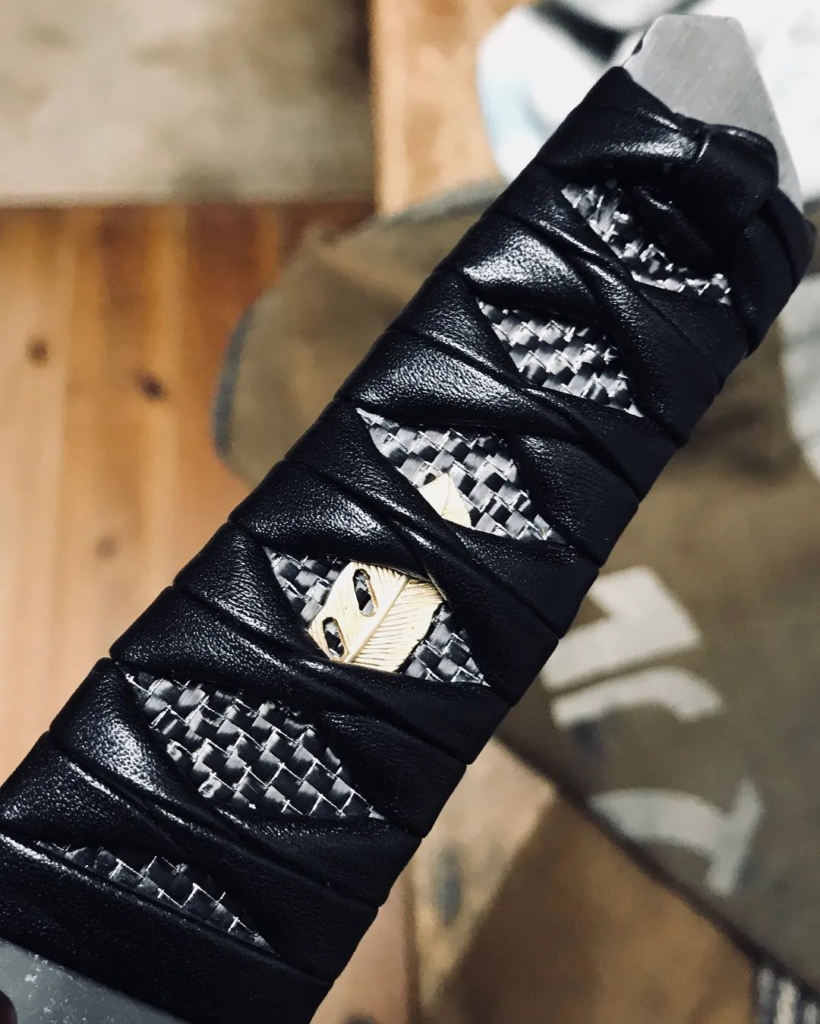
Occasionally you’ll see knives with leather handles. Outside of classic hunting and military knives, this is rarely seen. It usually involves wrapping leather tightly around another material. While leather handles are nice to look at, they do lack durability and strength, so you’ll rarely see them on tactical or utility knives.